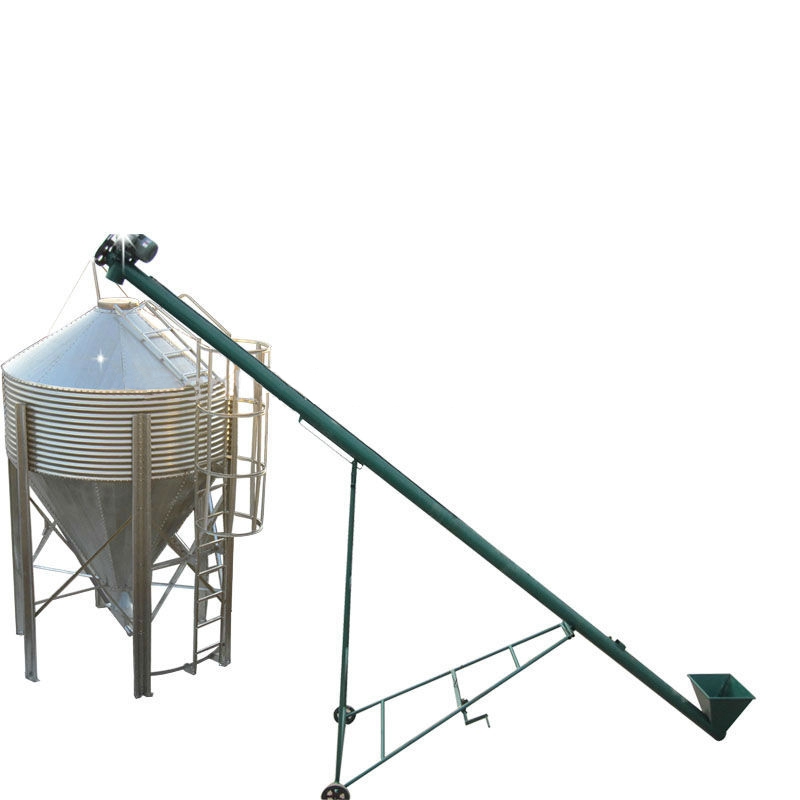evaporative cooling pads greenhouse
Nov . 30, 2024 04:52 Back to list
evaporative cooling pads greenhouse
The Importance of Evaporative Cooling Pads in Greenhouses
In modern agriculture, creating an optimal cultivation environment is essential for ensuring high-quality crop yields. One of the most effective methods of temperature control in greenhouses is the use of evaporative cooling pads. These pads play a critical role in maintaining the ideal temperature and humidity levels, particularly in regions where heat stress can negatively impact plant growth.
What are Evaporative Cooling Pads?
Evaporative cooling pads are specially designed materials made to facilitate the evaporation of water, which in turn cools the surrounding air. When warm air passes through these pads, water evaporates from their surface, absorbing heat and lowering the temperature of the air that subsequently enters the greenhouse. This process mimics natural cooling mechanisms and is a cost-effective way to create a comfortable microclimate for crops.
Benefits of Using Evaporative Cooling Pads
1. Temperature Control One of the primary advantages of using evaporative cooling pads is their ability to significantly lower the temperature inside the greenhouse. In high-temperature seasons, they can effectively reduce interior temperatures by 10-20 degrees Fahrenheit (approximately 5-10 degrees Celsius), making it more conducive for plant growth.
2. Humidity Regulation In addition to cooling, these pads also increase humidity levels within the greenhouse. Many plants thrive in specific humidity ranges, and maintaining these levels can enhance photosynthesis and plant respiration, ultimately leading to better growth rates and fruit yields.
3. Energy Efficiency Compared to traditional air conditioning systems, evaporative cooling is much more energy-efficient. These systems consume less electricity and can be an economical choice for farmers looking to reduce operational costs. As a bonus, they are often easier to maintain and have lower upfront installation costs.
4. Sustainability Evaporative cooling is a sustainable method, utilizing the natural process of evaporation to cool the air. It greatly reduces the reliance on fossil fuels and other non-renewable energy sources, thus minimizing the agricultural carbon footprint.
evaporative cooling pads greenhouse

Installation and Operation
Installing evaporative cooling pads in a greenhouse involves positioning them on one side, typically the upwind side, to ensure maximum efficiency. A water distribution system is also necessary to keep the pads saturated, allowing for continuous cooling. The operation can be automated utilizing sensors that monitor temperature and humidity levels, thereby optimizing the cooling process based on real-time data.
Regular maintenance is essential for the efficient functioning of cooling pads; this includes cleaning and ensuring that the water distribution system is functioning correctly to prevent blockages.
Challenges and Considerations
While evaporative cooling pads have numerous advantages, there are considerations for successful implementation. For instance, they function best in low-humidity environments. In regions with high humidity levels, the cooling efficiency may diminish as the air cannot absorb much more moisture. Additionally, the water quality used in these systems is vital; hard water can lead to mineral buildup and hinder the effectiveness of the pads.
Care must also be taken to manage water consumption. While evaporative cooling is water-efficient compared to other cooling methods, it still requires a reliable water source, which can be a constraint in arid regions.
Conclusion
Evaporative cooling pads have become an indispensable technology for greenhouse management, providing an effective solution for temperature and humidity control. Their benefits outweigh the challenges when properly installed and managed, contributing to healthier plant growth and higher agricultural productivity. As the agricultural sector increasingly prioritizes sustainability and efficiency, the adoption of evaporative cooling systems is likely to rise, aiding in the cultivation of crops in an environmentally friendly manner. As we move toward a future of increased climate variability, such technologies will be key to ensuring food security and sustainable agricultural practices across the globe.
-
Automatic Feeding Line System-Pan Feeder Nipple Drinker|Anping County Yize Metal Products Co., Ltd.
NewsJul.29,2025
-
Hot Sale 24 & 18 Door Rabbit Cages - Premium Breeding Solutions
NewsJul.25,2025
-
Automatic Feeding Line System Pan Feeder Nipple Drinker - Anping County Yize Metal Products Co., Ltd.
NewsJul.21,2025
-
Automatic Feeding Line System Pan Feeder Nipple Drinker - Anping County Yize Metal Products Co., Ltd.
NewsJul.21,2025
-
Automatic Feeding Line System - Anping Yize | Precision & Nipple
NewsJul.21,2025
-
Automatic Feeding Line System - Anping Yize | Precision & Nipple
NewsJul.21,2025






